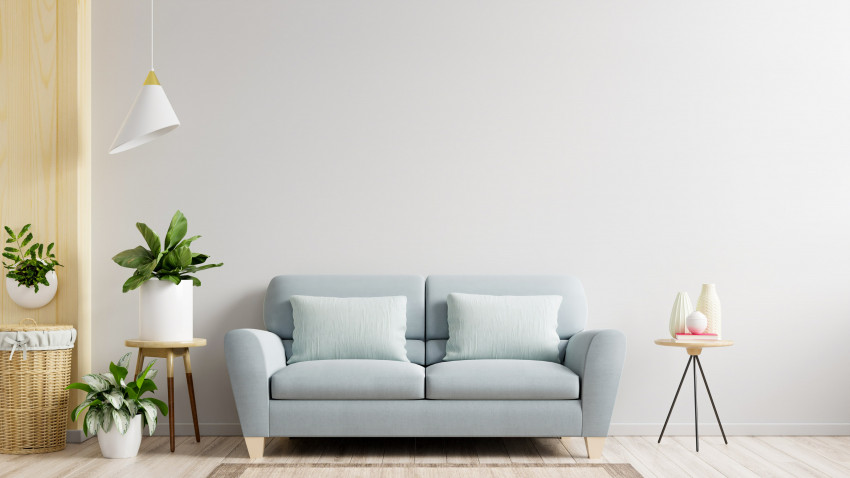
We're here to help! Here are some kitchen cleaning and design tips that you can refer to before you start.
Free up storage
Nothing looks more disorganised than cluttered and messy countertops. Free up counter space by providing dedicated storage for all your kitchen appliances. Deep drawers for tall containers, a shutter for appliances and handy wall compartments for ladles and pots will keep your counter clean.
Proper material
While it's certainly important to choose a nice finish, choosing something that's easy to clean is just as important! Your designer will help you choose stain-resistant, scratch-resistant, non-porous and anti-bacterial materials. Quartz or granite for the worktops, vitrified tiles for the backsplash and stainless steel sinks are low-maintenance jobs and are highly recommended.
Minimise brick joints
Tile grout is a magnet for grease and dirt, and unless you want to scrub your walls every day, you should choose a seamless grout. A large slab of granite, Corian, or painted glass are popular choices that eliminate unsightly tile joints and are much easier to clean.
Right cleaning tools
Long-handled brushes, microfiber cloths, and liquid organic cleaners are staples for kitchen cleaning. Normally, you just need to mix a 1:1 solution of vinegar with water in a spray bottle to spray and clean your countertops, sink, and appliances. If you don't like the smell of vinegar, you can wipe it off with a cloth dipped in lemon juice. Try to stay away from harsh chemical cleaners and choose reusable microfiber cloths instead of paper towels. Clean tea towels, aprons and napkins in the washing machine regularly so they stay fresh and clean!
Glossy Finish
High-gloss finishes are much easier to clean than matte or textured finishes. Shutters have a smooth, unglazed surface that won't pick up dust and dirt, and you can choose a laminate or glass shutter that repels dirt. Always make sure cabinet surfaces are cleaned regularly and that the cabinet is cleaned from the inside at least once a month to prevent the growth of germs.
Waste Management
The reality is that cooking creates a lot of waste, both wet and dry. Separate your waste, separate wet and dry waste bins, and store them neatly in covered bins. Use garbage bags and make sure that the trash cans are cleaned after each use to keep the kitchen clean. A garbage disposal connection under the sink can help to dispose of wet waste in a very hygienic way.
Regular cleaning routine
Schedule a time each day to quickly clean your kitchen. For most people, twenty minutes at the end of the day is enough, but it's important to make it a regular habit. The first step is to empty the sink and wipe it down with mild soap and water.
Clean counters and wipe them with an organic cleaning solution. Next, wipe the splashes off the stove and backsplash, then move on to sweeping the floor. Finally, take it to the trash! A clean, well-designed kitchen can make cooking fun. Contact a kitchen interior decorator for designing your dream kitchen that's easy to maintain and fun to work with.



